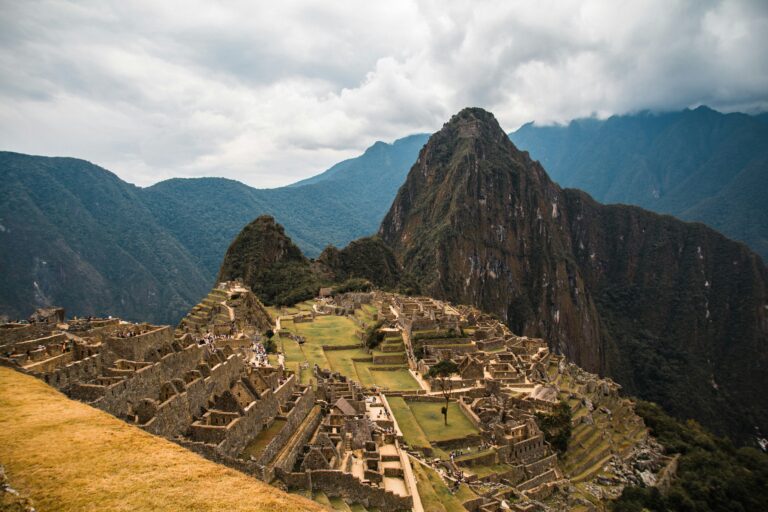
These travel ideas are based on years of experience and references from travelers like you. All our exclusive packages are fully customizable.
Always Small Group or Private Tours
Competitive prices
Responsible Tourism
Rated 5 stars on trip advisor
Choose from our carefully designed adventures based on your travel style. Whether you’re looking to explore history, immerse yourself in nature, or just relax, we have the perfect package for you.
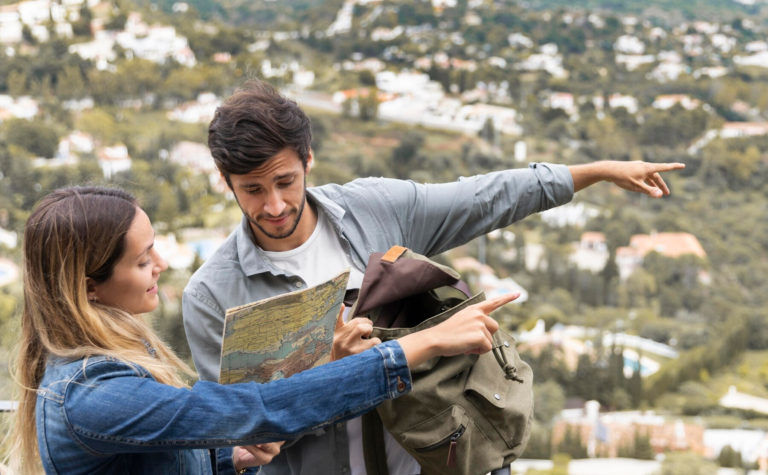
Traveling is more than following an itinerary—it’s about immersing yourself in every destination, stress-free. With LokalMate, your personal travel concierge, you’ll have a trusted local expert by your side whenever you need them.
How much time do you have to explore Peru? Choose a package that fits your schedule.
Added peace of mind! Postpone your trip at no cost up to 20 days prior to departure No change fee with open dates.
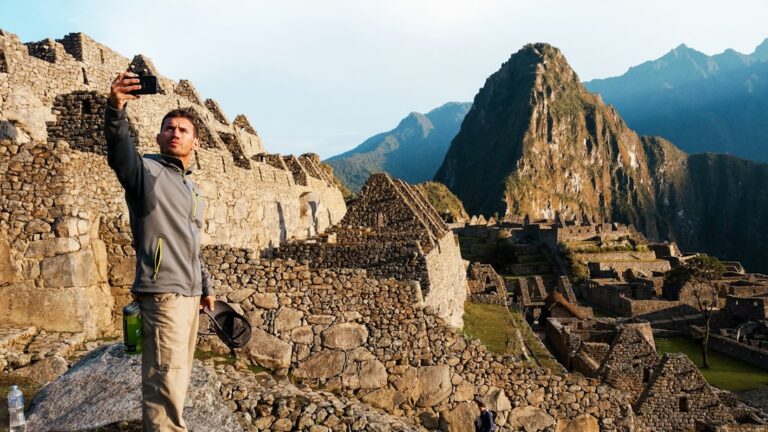
If our packages don’t completely match your needs, don’t worry. Our team can create a custom itinerary from scratch, tailored to your preferences and expectations.
Custom ItineraryTraveling is about finding emotion in every corner of life.
PRESENTED BY JHIMY SANTE PORTILLA
Since 2007, Jhimy has combined his passion for tourism and emotions to create unforgettable experiences. A Tourism graduate driven by his quest for joy and catharsis, Jhimy works to share unique sensations with every traveler.

Our tours offer an authentic Peruvian experience with local guides, ensuring deep cultural connection. We prioritize sustainability with small-group tours and retain 80% of revenue in the country, benefiting local communities through jobs and cultural preservation. This commitment sets us apart as leaders in responsible tourism.
Our best investment: the opinions of our satisfied travelers
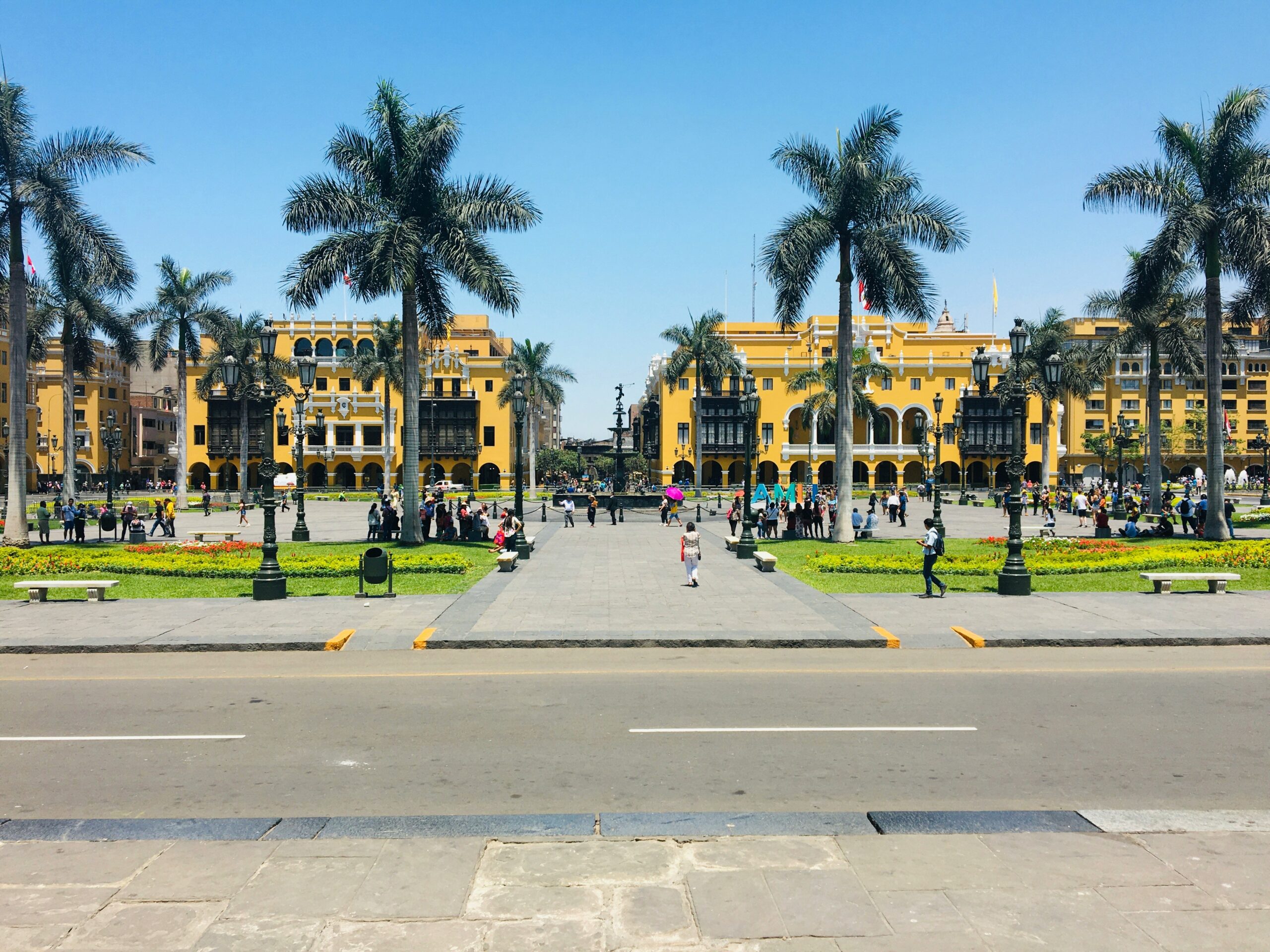
In Lima, everything is in endless motion, and even the past is constantly being rediscovered. Lima offers an extraordinary range of emotions, sensations, colors, and flavors: the traveler can visit the city’s impressive cathedral, fly over the ocean, enjoy a photogenic sunset or savor unparalleled cuisine.

The Paracas National Reserve brings you closer to nature in the coastal desert landscapes of Peru. You will witness rock formations, migratory birds, and sea lions along the Pacific Ocean. The protected Paracas National Reserve houses museums with well-preserved artifacts from pre-Inca cultures. Choose from ATV tours, boat trips to the Ballestas Islands, or sit poolside with a pisco sour.
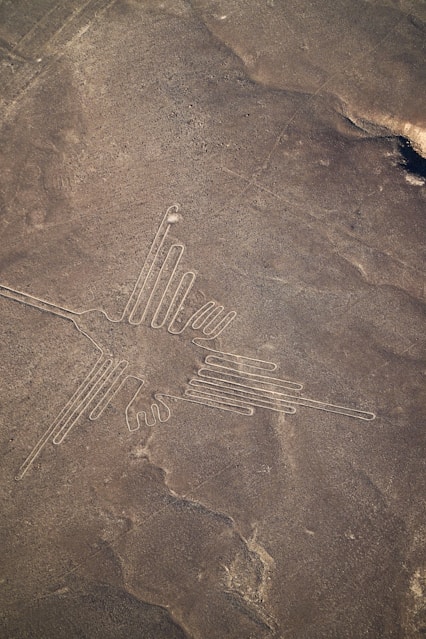
Hundreds of years ago, the Nazca culture drew huge geoglyphs and geometric shapes in the coastal desert of Peru. Today, they are a beautiful mystery that can be explored in a 12-seater plane that gives everyone perfect views of the famous Nazca Lines. You will see the spider, the monkey, the hummingbird, the astronaut, and more!

The vast desert of Ica offers a wealth of experiences. Let’s start with the best known: An afternoon by the lake in the oasis of Huacachina, sandboarding, or a luxurious picnic in the desert. What do these experiences have in common? Any! Each experience in Ica is remarkable and unique. Ica, so close to Lima, the city of the eternal sun and home to famous vineyards, is waiting for you!
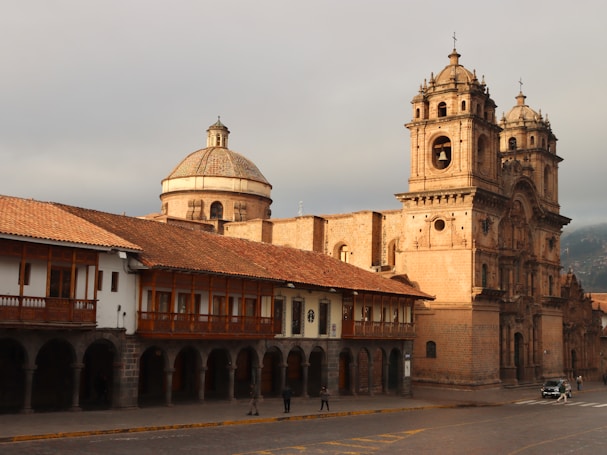
In Cusco, every corner tells a story and each story is captivating, mystical, and welcoming. Imagine walking down streets with names like “Ataúd” [Coffin], Siete Culebras [Seven Serpents], and “Arpías” [Harpies]. In these streets time seems to have stopped, each corner offers a piece of history, and the stones are still alive because they have survived intact.

Arequipa is the second largest city in Peru, although it may not seem like it with its quaint shops and cobblestone streets. The white stone used in the construction of the city’s buildings, such as the white stone Basilica Cathedral in the historic center, has given Arequipa its nickname as the white city. See the El Misti volcano as a backdrop in this city full of great food and rich history.
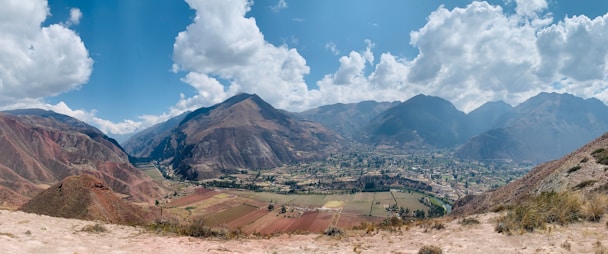
This splendid Andean valley is home to important archaeological sites and picturesque towns that have maintained their ancestral culture. Maras, Moray, Pisac, Chinchero, and Ollantaytambo are part of this cultural richness, but the valley also offers incredible natural beauty that is the perfect setting to practice outdoor sports or simply relax.

The vast desert of Ica offers a wealth of experiences. Let’s start with the best known: An afternoon by the lake in the oasis of Huacachina, sandboarding, or a luxurious picnic in the desert. What do these experiences have in common? Any! Each experience in Ica is remarkable and unique. Ica, so close to Lima, the city of the eternal sun and home to famous vineyards, is waiting for you!
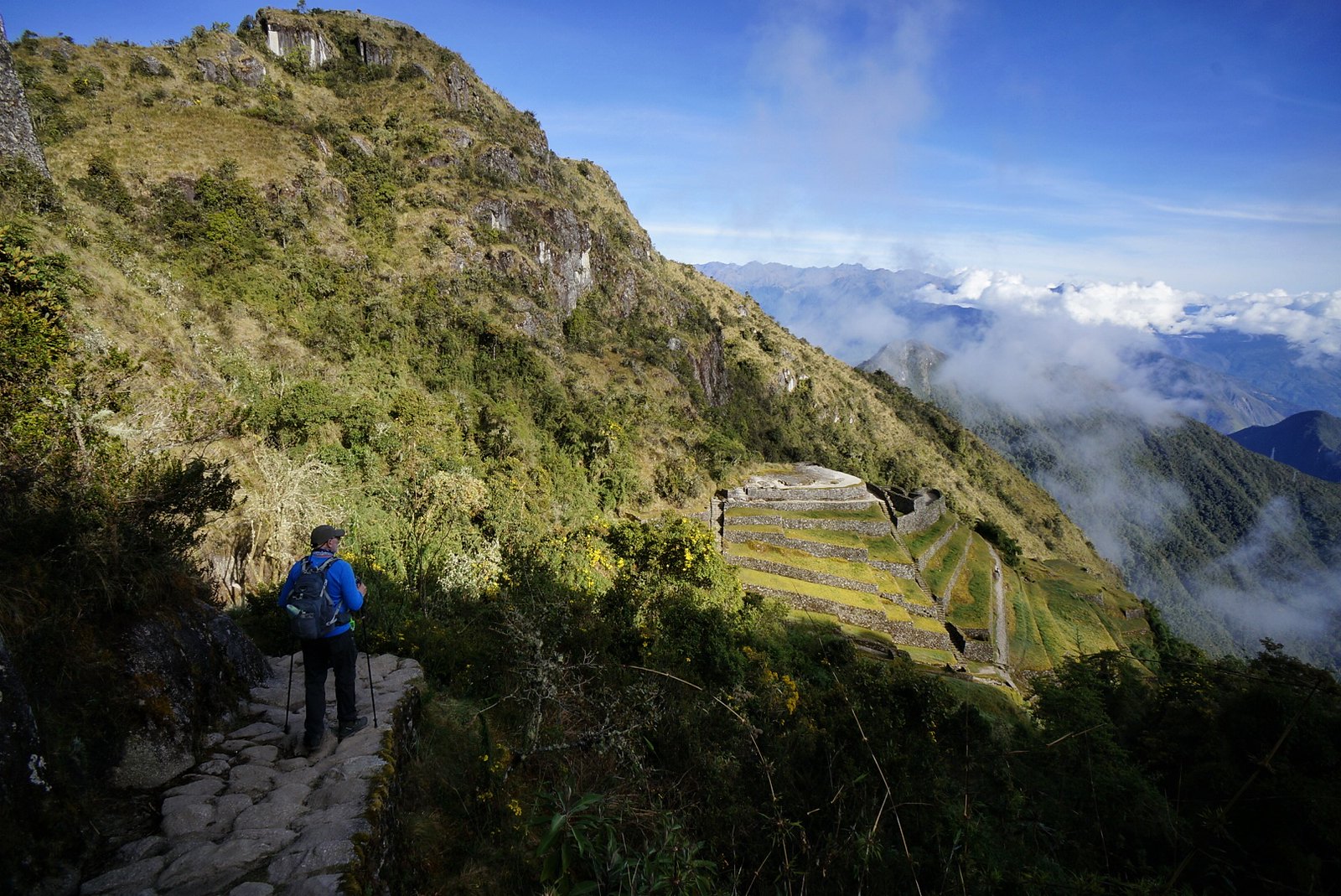
Traveling the Inca Trail is not easy, but completing the route offers an indescribable feeling of satisfaction, both for the effort required and the wonderful views enjoyed along the way. Imagine completing your walk with all the comfort and exclusivity possible.

Machu Picchu is a UNESCO World Heritage Site, the icon of the Inca Empire, and the “Wonder of the New World” found in Peru. A 15th-century stone citadel nestled in the cloud forests of the Andes mountains, a trip to Peru isn’t complete without seeing this historic site for yourself.

In Puno, every breath of air you take will make you part of its history and the incredible natural landscapes, including the majestic Lake Titicaca. Puno is famous for the hospitality of its people and the joy of its festivities, dances, and rituals. In Puno, traditions are expressed in celebrations that erupt at parties every day of the year.
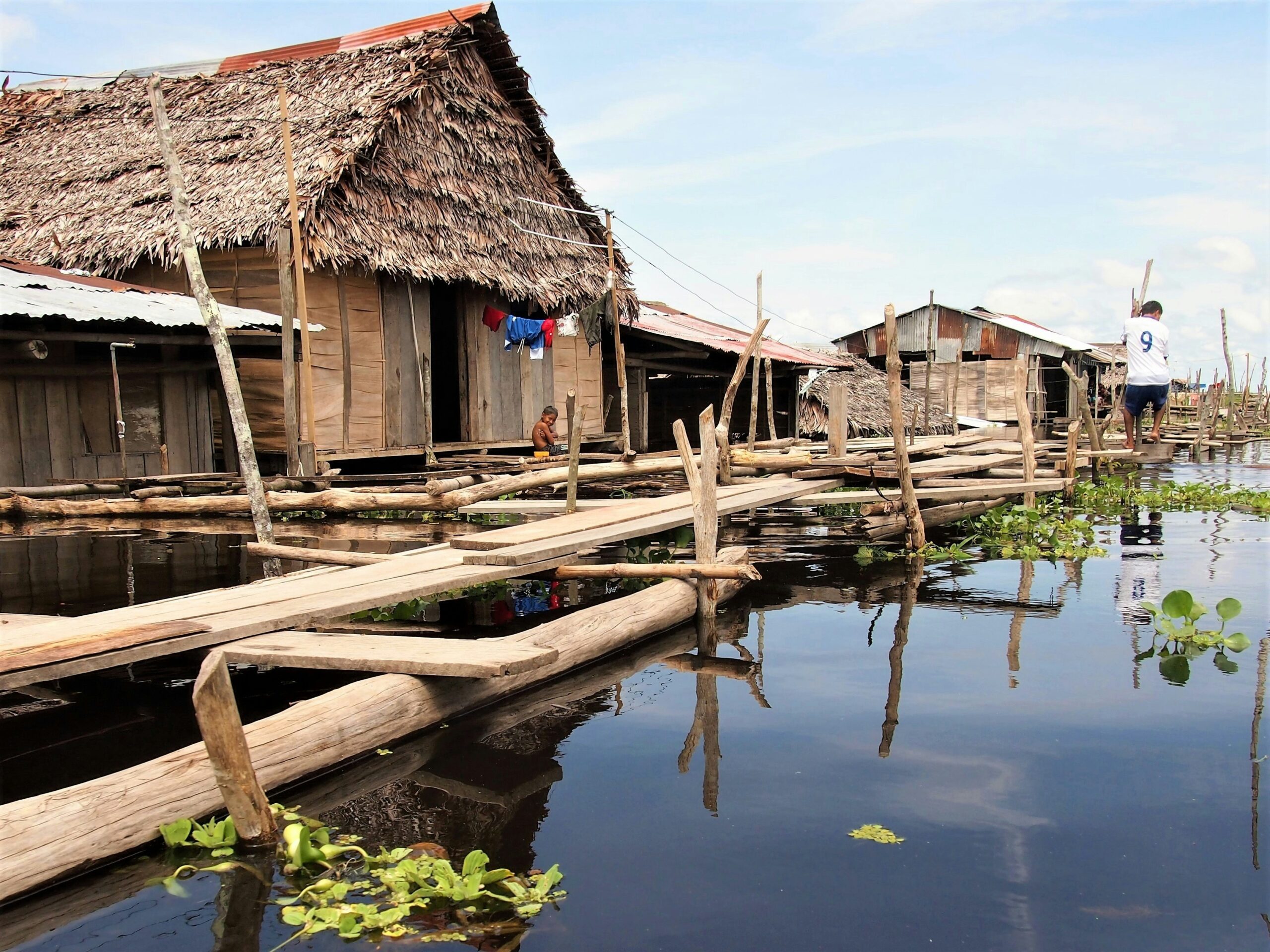
The region is crossed by the Amazon, the longest and mightiest river in the world, which serves as a link between the towns located in the heart of the jungle. Here it is possible to sail on a luxury cruise while watching pink river dolphins; Sharing moments with indigenous communities is a daily experience and at the same time they are a refuge for abundant flora and fauna that will delight nature lovers.

In Madre de Dios, traveling is walking, observing, and listening. When you walk along the paths of the region, the entire forest is revealed to you: if you look closely, you will see how the trees compete with each other in search of sunlight; and if you listen carefully, you will discover flocks of macaws or herds of monkeys moving quickly through the treetops.

Join us to uncover the wonders of the Peruvian Amazon. Witness the breathtaking Macaw Clay Lick at dawn in Puerto Maldonado. From Iquitos, cruise the mighty Amazon River to the heart of the Pacaya Samiria Reserve, where mirrored forests and pink dolphins await. Experience the Amazon like never before.
Explore our fleet of trains, designed to offer you comfort, efficiency, and an unforgettable experience. From spacious seating to panoramic views, find the perfect train for your next journey. Hop on board and feel the difference!
All trains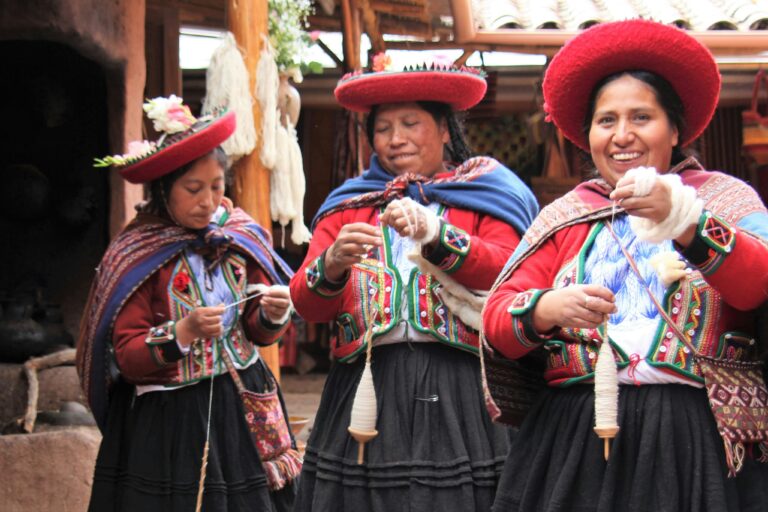
Proudly Peruvian, we live and breathe our culture. From our team to the routes we design, authenticity is at the core of everything we do.
Our packages include transportation, accommodation at selected hotels (3, 4, or 5 stars), expert guides, entry to sites, and exclusive experiences tailored to your travel style.
Yes, we offer the flexibility to adjust any of our packages based on your preferences. If you don’t find what you’re looking for, you can also request a fully customized itinerary
Our experts are here to help you select the ideal package or design a custom trip. Contact us for a free consultation.
Flights are not included in your package, but our team can assist you in booking both domestic and international flights
Our best investment: the opinions of our satisfied travelers
Choosing Peru Wayna Picchu was the best decision I could have made. From the punctual transportation to the guide’s deep knowledge, everything was perfect. They helped me connect with the history and culture of the place in ways I never imagined.
I was looking for an authentic experience in Peru. Peru Wayna Picchu offered so much more than a tour—they immersed me in the local history and traditions. Our guide, María, shared fascinating stories that made every site even more special. If you’re looking for quality and passion, this is the company for you.
The team was friendly and professional, handling every detail of the itinerary. Thanks to them, I enjoyed the trip to the fullest without any stress. I’ll definitely choose them again for my next visit to Peru.
At Peru Wayna Picchu, we specialize in creating unforgettable travel experiences. We stand out by offering personalized itineraries, VIP access to Peru’s top destinations, and a team of experts who handle every detail. From the most challenging treks to the most luxurious escapes, we ensure a seamless journey designed exclusively for you. Your satisfaction is our priority, and with years of experience in luxury travel, we guarantee your adventure in Peru will be truly extraordinary.

Customize your itinerary with our experts and create the perfect adventure.